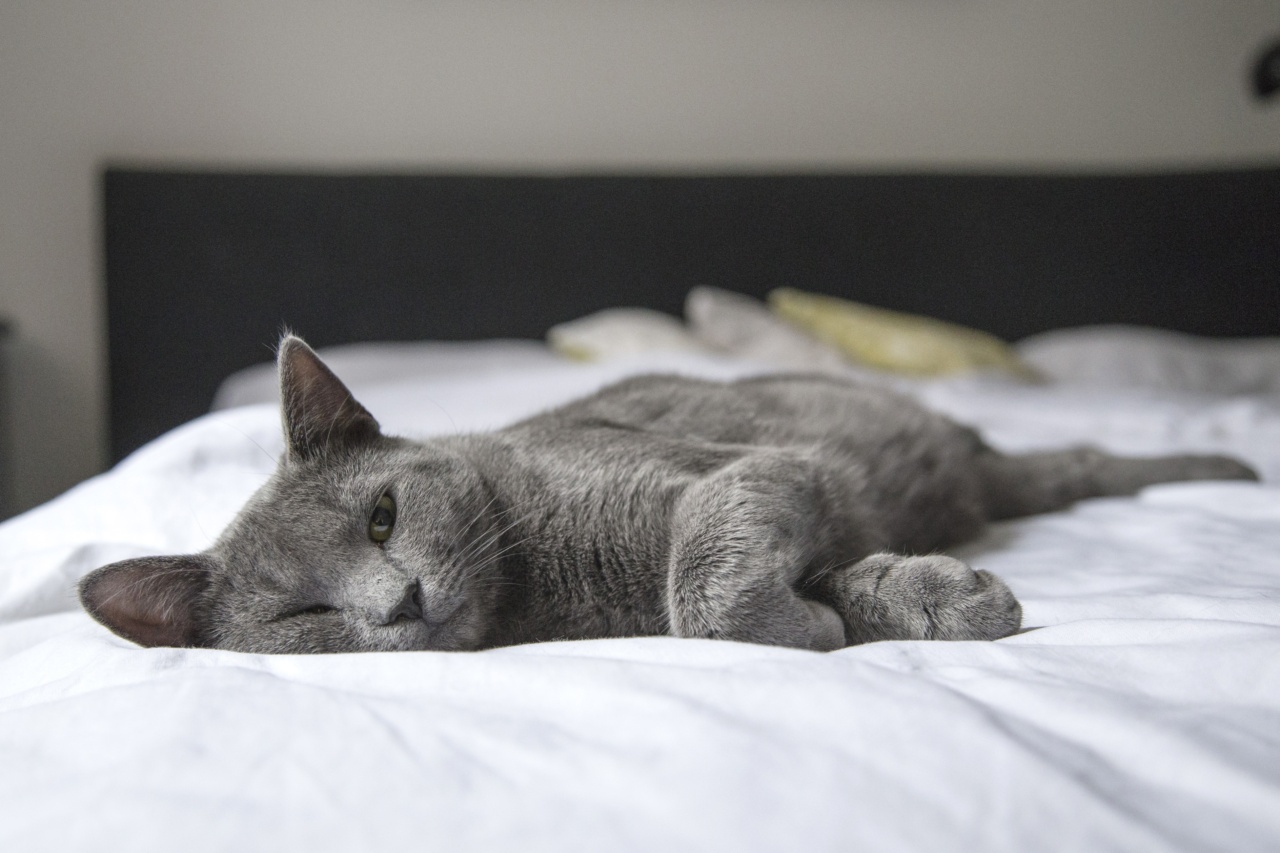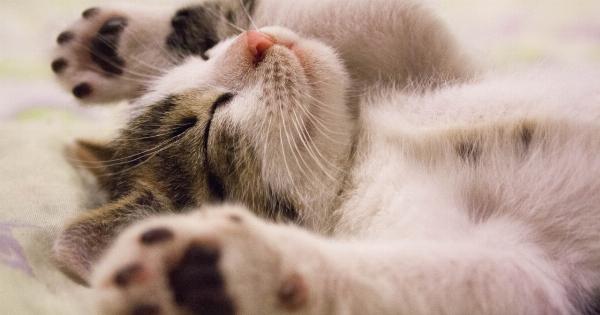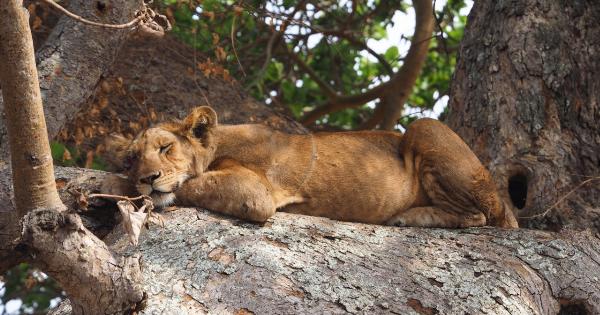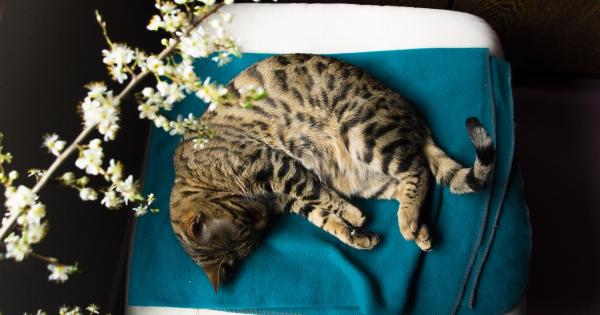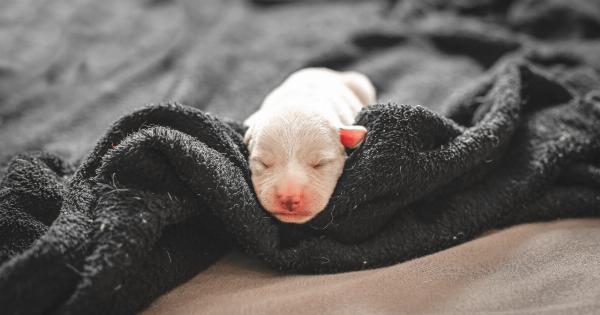One common image that comes to mind when thinking about cats is a sleepy feline lounging around all day.
It’s no secret that cats love their naps, but do they really sleep all day long? In this article, we will uncover the truth behind cats’ sleeping habits, explore the reasons why they sleep so much, and address some common misconceptions.
The Sleeping Patterns of Cats
Cats are known to be champion sleepers, spending a significant portion of their day snoozing. On average, cats sleep for 12 to 16 hours a day, with some cats sleeping even more.
This amount of sleep is significantly higher compared to other animals, including humans.
But why do cats sleep so much? We must remember that cats are predators by nature, and their instinctual behavior includes short bursts of intense activity followed by long periods of rest.
Sleeping for extended periods allows cats to conserve energy for their more active hunting and playtime periods, which often occur at dusk and dawn.
The Power of Cat Naps
While cats do sleep for long hours, they are not in a deep sleep throughout the entire time. Cats experience different stages of sleep, including periods of light sleep and deep sleep, just like humans do.
These light sleep phases allow them to be aware of their surroundings and ready to react to any potential threats.
Interestingly, cats have a unique ability to fall into a state of relaxation without fully sleeping. This state is often referred to as a cat nap. Cat naps are brief periods of rest where cats can rejuvenate themselves without entering a full sleep cycle.
These cat naps typically last for a few minutes and can help cats recharge their energy levels throughout the day.
Factors Influencing Cats’ Sleep
While cats tend to sleep for extended periods, several factors can influence their sleeping patterns:.
1. Age:
Kittens and young cats require more sleep compared to their adult counterparts. As they grow, their energy levels are higher, leading to a greater need for rest.
2. Environment:
The environment in which a cat lives can impact their sleeping patterns. Cats living in a safe and peaceful environment may feel more comfortable and relaxed, enabling them to sleep longer.
3. Activity level:
Cats that engage in highly active play sessions or outdoor adventures are likely to sleep more to restore their energy levels and allow their muscles to recover.
4. Health conditions:
Certain health conditions, such as obesity or chronic illnesses, may lead to increased sleep requirements in cats. If you notice a drastic change in your cat’s sleeping habits, it is always a good idea to consult your veterinarian.
Common Misconceptions
There are a few common misconceptions surrounding cats’ sleeping habits that need to be addressed:.
1. Cats are lazy:
While cats do sleep for long hours, it is essential to remember that they are highly skilled predators. Their ability to conserve energy through extended periods of rest allows them to be alert and agile during their active periods.
2. Cats sleep at night:
While cats are crepuscular, meaning they are most active during dusk and dawn, they do not sleep throughout the night.
Cats may have short bursts of activity during nighttime but generally adapt their sleeping patterns to their owners’ lifestyles.
3. Cats are nocturnal:
Cats are often associated with being nocturnal, but they are actually crepuscular. Nocturnal animals are primarily active at night, while crepuscular animals are most active during twilight hours.
Creating a Cat-Friendly Sleep Environment
To ensure that your feline friend gets the rest they need, here are a few tips for creating a cozy and comfortable sleep environment:.
1. Provide a designated sleeping area:
Offer your cat a comfortable bed or sleeping spot where they can retreat to when they feel tired or seek some alone time.
2. Incorporate cat-friendly furniture:
Invest in cat trees or shelves that provide elevated resting spots, allowing your cat to observe their surroundings and feel safe while snoozing.
3. Create a peaceful atmosphere:
Minimize noise and disturbances in the areas where your cat likes to sleep. Cats appreciate a calm environment for restful sleep.
4. Offer stimulation during waking hours:
Ensure your cat receives plenty of playtime and mental stimulation during their waking hours to help them expend energy and maintain a balance between rest and activity.
In Conclusion
Cats are undoubtedly creatures of comfort and sleep for long hours throughout the day. Their sleeping patterns are influenced by various factors, including age, environment, and activity level.
While it may seem like cats sleep all day, they actually have unique sleep patterns tailored to their hunting and survival instincts. Providing a comfortable sleep environment and ensuring they receive adequate stimulation during their waking hours can help maintain a healthy balance for your feline companion.
